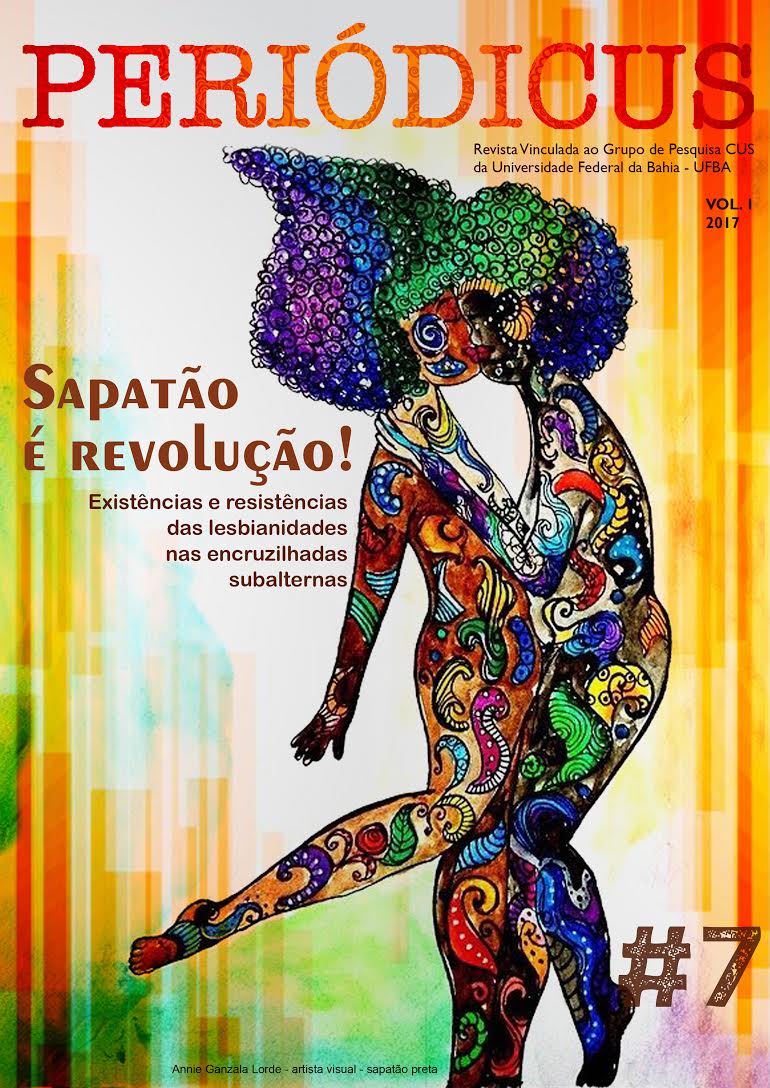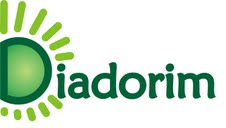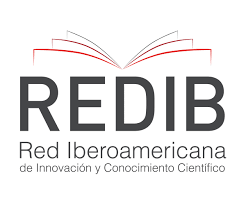Gays afeminados ou a poluição homoerótica
DOI:
https://doi.org/10.9771/peri.v1i7.22287Abstract
O presente trabalho procura levantar alguns questionamentos a respeito da noção de heteronormatividade, ou seja, a ideia de que os seres humanos são naturalmente heterossexuais e devem se comportar de acordo com uma concepção binária de gêneros, na qual as mulheres são “femininas” e os homens, “masculinos”. Para tanto, aborda questões que dizem respeito aos chamados gays afeminados (ou efeminados), aqueles que não se enquadram nos padrões da heteronormatividade masculina, são alvo preferencial do preconceito, sofrem mais violência homofóbica e são discriminados inclusive por outros homossexuais. Uma das propostas deste artigo é denunciar o preconceito contra gays afeminados e questionar a raiz dos desejos e preferências sexuais, desmistificando a ideia de que a rejeição contra homens considerados ‘femininos’ seja simplesmente uma questão de gosto pessoal. Por causa da relação que culturalmente se faz entre ser mulher e feminina (a condição feminina considerada como algo inferior e indesejável) e ser homem e masculino (a masculinidade vista como uma característica de força e superioridade), a hierarquização desses papéis sociais traz privilégios para os homens, sobretudo aqueles que se encaixam nos padrões preestabelecidos pela heteronormatividade cis.Downloads
Downloads
Published
How to Cite
Issue
Section
License
Copyright (c) 2017 Revista Periódicus

This work is licensed under a Creative Commons Attribution-NonCommercial 4.0 International License.
Authors who publish in this journal agree to the following terms:
Authors retain copyright and grant the journal the right of first publication, with the work simultaneously licensed under a Creative Commons Attribution Noncommercial License that allows the work to be shared with acknowledgment of authorship and initial publication in this journal, but prohibits commercial use.
Authors are authorized to enter into separate additional contracts for non-exclusive distribution of the version of the work published in this journal (e.g., publishing in an institutional repository or as a book chapter), with acknowledgment of authorship and initial publication in this journal.
Authors are permitted and encouraged to publish and distribute their work online (e.g., in institutional repositories or on their personal website) at any point before or during the editorial process, as this can generate productive changes and increase the impact and citation of the published work (see The Effect of Open Access).








